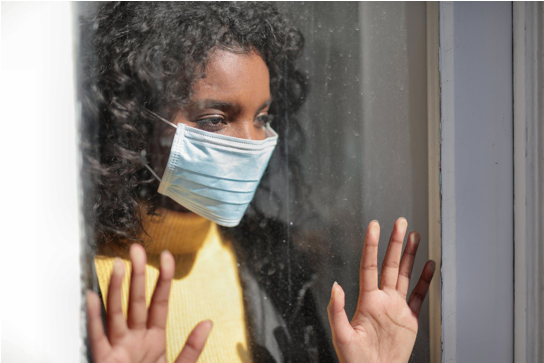Considering the recent COVID-19 pandemic, most of the world’s nations have instituted some form of social distancing regulations, quarantines, lockdowns, or stay-at-home orders. While these precautionary actions are aimed at reducing the spread of infections and maintaining the safety of the public during the pandemic, social distancing itself may have created some unexpected psychological challenges. Individuals around the world, especially those who live alone, are facing new problems as a result of stay-at-home orders: Loneliness, isolation, and depression.
Loneliness is a state of feeling disconnected from oneself, others, or a higher nature (God/spirit/nature/values). A person can have people around them, but still be lonely—it is a mental state of isolation and separateness that makes a person feel like the whole world is against them and no one cares. In these current times of actual physical isolation, many clients who already have internal loneliness may experience a compounded and aggravated sense of loneliness, since their opportunities for actual human personal contact have diminished. Unfortunately, this can create psychological problems and exacerbate already existing mental disorders.
For example, loneliness has been shown to be a risk factor for various mental disorders such as depression, anxiety, adjustment disorder, chronic stress, insomnia, and late life dementia (Banerjee & Raj, 2020). Loneliness is common among the elderly and can lead to diminished well-being as well as increased depression and likelihood of suicide (Stickley & Koyanagi, 2016; Cacioppo & Patrick, 2008).
In addition, loneliness is a risk factor for developing health problems including sensory loss, connective tissue and auto-immune disorders, cardiovascular disorders, and obesity (Mushtaq et al., 2014). For people with an existing mental health condition, isolation presents more severe problems and can exacerbate feelings of anxiety, anger, and sadness. Moreover, people with severe mental illness are more likely to be affected by social isolation—compounding their vulnerability and leading to dire conditions such as homelessness, deteriorating physical mental and physical health, drug addiction, and suicidality (Usher et al., 2020).
To combat the social isolation and loneliness during these times of social distancing, therapists can recommend various forms of digital communication to stay connected with friends and loved ones. In addition, mental health professionals can help their patients during these challenging times by continuing to provide treatment via telehealth. Research has shown that therapy via video chatting platforms can reduce anxiety and depression during pandemics (Banerjee & Raj, 2020; Torales et al., 2020; Yang et al., 2020). Moreover, during the initial stages of COVID-19 outbreak in China, Duan & Zhu (2020) found that maintaining social contact via digital media led to improved quality of life for isolated individuals.
Therefore, to combat loneliness and isolation, and maintain mental health in our challenging times, it is recommended that clients participate in telehealth (telepsychology), as well as remain connected with friends and family through the available online communication technology. With a reduction in feelings of loneliness and alienation, clients have a better chance of recovering their mental health and living productive lives.

